Knowing which species are urban avoiders, urban utilizers, and urban dwellers—and their habitat needs—should be baseline knowledge for designing urban habitats.
For example, imagine a mammal or bird with a territory size of approximately 1 hectare and that needs large trees with cavities to nest and roost. Perhaps in its urban range a natural area of 5 hectares is created, but all the large trees are removed for security (to avoid falling hazards to people, parked cars, or buildings). This mammal or bird could survive based on the territory size requirements, but the lack of roosting and nesting places causes it to move to other sites, outside the city. So, species that avoid living in the natural habitats of cities for a lack of necessary requirements are called urban avoiders. Imagine another species (a mammal or a bird), but without the requirement of the large trees for roosting or nesting, but with the 1-hectare territory. They can survive in natural habitat inside urban areas that match the species requirements; these species are called urban utilizers. Finally, imagine another species which, previous to the city development did not exist in the area, but now arrives at the city to use remnant natural habitat and new urban habitats. These species are called urban dwellers. Species classification names follow the proposed for González-Lagos and Quesada (2018).

Why is this important? It is important because it tells us how animal species respond to land use changes produced by urbanization. In this way we can learn why some species persist and others do not; or how urban development is impacting species, contributing to their survival or extinction. To know which species are urban avoiders, urban utilizers, and urban dwellers should be baseline knowledge to develop strategies to contribute positively to the conservation and protection of the natural habitats inside cities.
For example, many greening and conservation efforts inside cities, especially in Neotropical countries, are focused on planting more trees. This action helps to decrease temperatures inside cities, helps to retain more water in city soils, increases beauty and appreciation, produces more clean air, and helps some animal species to survive (such as birds, butterflies, and squirrels, for example).
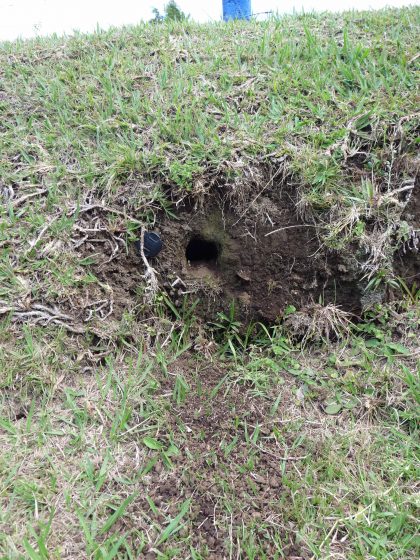
But in the majority of cases, planting efforts are not planned to contribute directly to facilitate the return of urban avoider species to urban areas, urban utilizers to increase their abundance, and to control populations of urban dwellers when they are not natives (e.g., sparrows or pigeons) or affect the abundance of other species (e.g., rats or cats). These types of tree planting efforts and the creation or preservation of natural habitat inside cities need to take into account which species will be directly benefited or affected, and which species requirements are addressed.
Come back for a moment to our first example, where a species requires big trees to nest or roosting. Further imagine that the species is a woodpecker. In this case, we can create a park with trees that produce fruits and attract insects that the woodpecker can eat, has flowers that provide nectar and have the size for woodpeckers to visit, and water resources. But, dead trees and branches are all immediately eliminated for security (as mentioned above). So the woodpecker may visit the park sporadically but will not survive inside of it because lack dead trees or branches to build a nest.
A similar case occurs with the Motmot species (Family Momotidae) that inhabit in Central and South America and are closely related to kingfishers. Some of these species inhabit urban areas, such as the Lesson’s Motmot (Momotus lessonii). This Motmot has an omnivorous diet (e.g., fruits, insects, mice, birds, lizards, frogs, pet food, wasp nest, bird eggs) that facilitates survival inside cities. But, as kingfishers, this motmot digs nests inside clay cliffs or banks. Such banks may vary from to 30 centimeters to several meters in height. The problem is that inside cities clay banks are reinforced with bricks or concrete to prevent landslides, or are eliminated to make the surface at the same level of the street or sidewalk. Therefore, although this Motmot could forage inside cities, the lack of nesting substrates causes it to disappear from urban areas, transformed from an urban utilizer into an urban avoider.

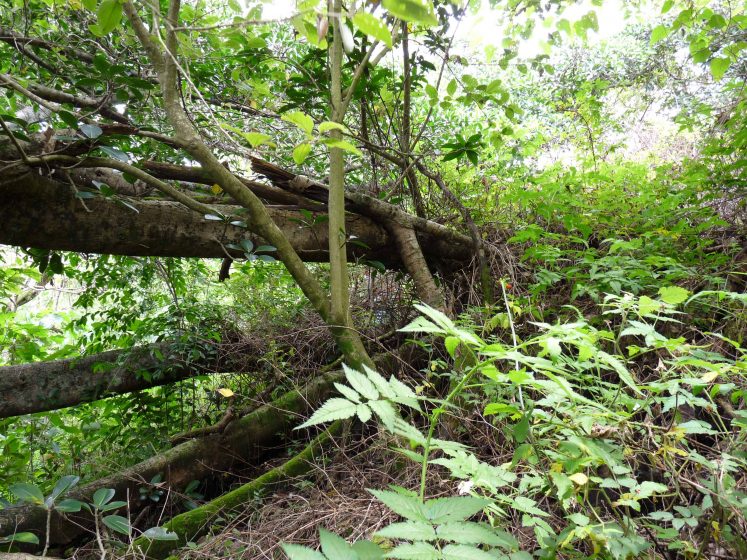
Additionally, the majority of efforts to create and preserve natural habitats inside cities neglect the diversity of native habitats (e.g., pastures, wetlands, understory, or successional habitats) and focus mostly on a limited number of them (e.g., forests and lagoons). Therefore, the native species that require of these other habitats fro some aspect of their lives cannot persist in cities. We need to improve the limited habitat diversity inside cities to help to preserve the majority of native species. For example, in Costa Rica, the successional habitats that occur when open areas are abandoned is the main habitat for the survival of many native species of animals, such as birds (resident and migratory), mice, spiders, and butterflies; some of them endemics (such as the Cabanis’s Ground-sparrows Melozone cabanisi in Costa Rica) or close to be endemic to this habitat. To contribute to some of these species to survive inside cities it is necessary to create habitats that match the species requirements, with plantings of appropriate species, flowering plants, grasses, and small trees.
We have urban parks, small forest reserves, house gardens, and other city habitats, and yet species still disappear from cities, never to return. If we want to contribute to the survival of avoider animal species in cities, it is necessary to understand their habitat requirements, because not all of them respond in the same way to human-caused habitat change or human-created habitats.
If you are interested in a more technical review of this topic with pros and cons, focused on northern temperate forest you can read: Aronson, M. F., Lepczyk, C. A., Evans, K. L., Goddard, M. A., Lerman, S. B., MacIvor, J. S., Nilon, C. H. & Vargo, T. (2017). Biodiversity in the city: key challenges for urban green space management. Frontiers in Ecology and the Environment, 15: 189-196.
Luis Sandoval
San José
References
González-Lagos, C. & Quesada, J. (2017). Stay or leave? Avian behavioral responses to urbanization in Latin America. IN MacGregor-Fors, I & Escobar-Ibañez, J.F. (eds.) Avian Ecology in Latin American Cityscapes. Springer.



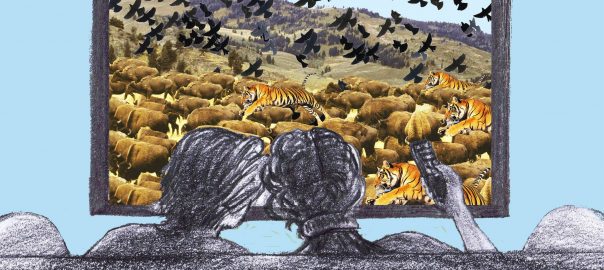
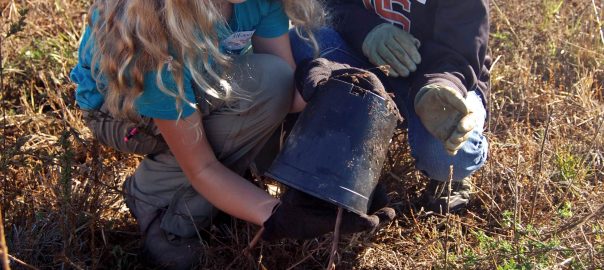
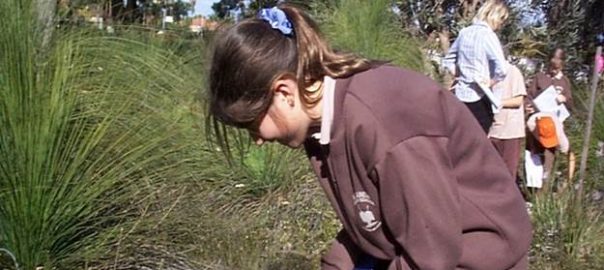
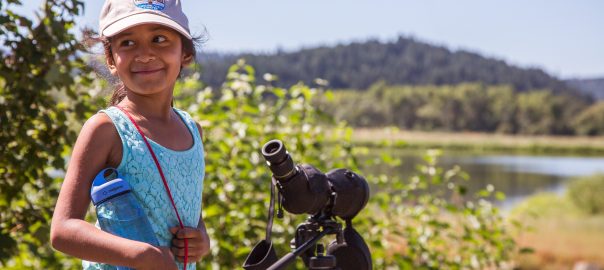
Leave a Reply